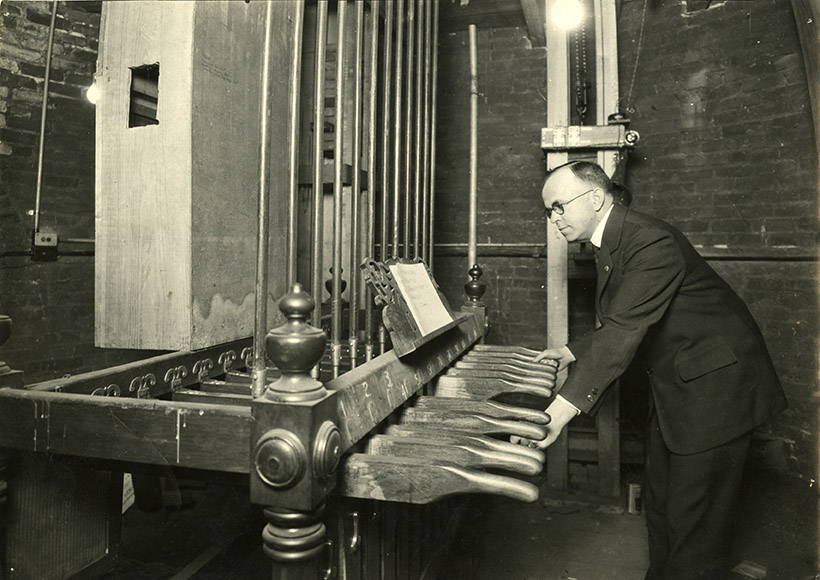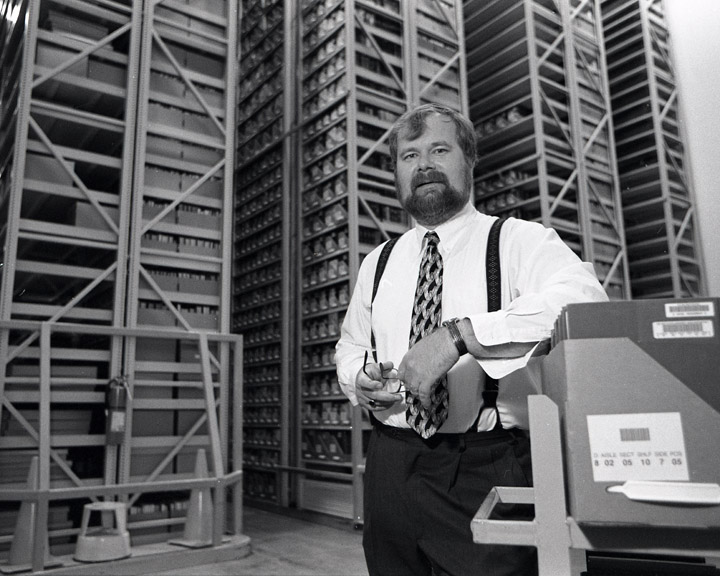As part of our ongoing effort to digitize highly used material, the departmental Centennial Histories have recently been uploaded to the Knowledge Bank for public use. To access the histories visit our website, where they are organized alphabetically.
The University celebrated its Centennial in 1970 with a slew of events and ceremonies. One of the longest lasting legacies of this celebration is the departmental histories, which preserve individual, detail accounts of the emergence  and growth of departments. The centennial histories followed the general theme of the Centennial project: “to assess [the] first 100 years and utilize this heritage as a foundation for building an even greater institution.” Before this period of time, little information was collected about the history of departments.
and growth of departments. The centennial histories followed the general theme of the Centennial project: “to assess [the] first 100 years and utilize this heritage as a foundation for building an even greater institution.” Before this period of time, little information was collected about the history of departments.
The idea stemmed from secretary of the Board of Trustees, Edward Moulton and was coordinated by John T. Mount. The plan was for departments to compile their own histories following prescribed guidelines. Once finished these histories would sit in both the University Archives and in the general library collection.
To preserve important knowledge, departments had an outline that needed to fulfill four major pillars: Founding and Early Development, the Mature Years (progress within department), Current Status and Future Plans, and Appendix (includes lists of deans, chairs, and publications). Along with the outline, departments received a page of sources to consult during this process. These sources included both primary sources, such as the minutes from the Board of Trustees and annual reports, and secondary  sources, including histories of the University in general.
sources, including histories of the University in general.
The centennial history writers were current departmental staff, faculty or emeritus faculty. The writers had an original deadline of July 1, 1969, but it was later extended to late December 1969. The final product was submitted to the then-University Archivist, William Vollmar.
More than 130 histories were submitted and are in use today. They range in size from a few pages to hundreds of pages. Centennial histories are a highly useful research tool for information about departmental formation, faculty members, deans and even prominent students. The histories collectively combine primary sources into a single source for research.
View the requirements for departments and the selected bibliography.
To see photos from our first 100 years, visit our Flickr page.










Recent Comments